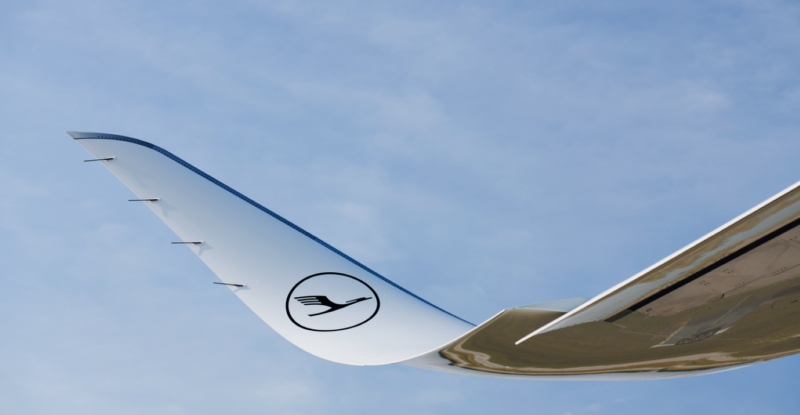 Lufthansa Group has firmed up an agreement with Airbus to purchase carbon-removal credits through the airframer’s Direct Air Carbon Capture and Storage (DACCS) initiative.
Lufthansa Group has firmed up an agreement with Airbus to purchase carbon-removal credits through the airframer’s Direct Air Carbon Capture and Storage (DACCS) initiative.
The German airline group says it has agreed to pre-purchase carbon-removal credits covering 40,000 tonnes of CO2, spread evenly over a four-year period from 2026. The credits will be issued by Airbus through its Airbus Carbon Capture Offer.
The Lufthansa deal follows a letter of intent signed with Airbus in 2022 by the German group and several other carriers to explore opportunities to pre-purchase carbon-removal credits from DACCS technology. Other signatories included Air Canada, Air France-KLM, easyJet, IAG, LATAM and Virgin Atlantic. EasyJet firmed up its commitment with Airbus in October.
Airbus has an agreement in place with US-based 1PointFive for the pre-purchase of 400,000 tonnes of carbon-removal credits over four years. 1PointFive is a subsidiary of energy firm Occidental and Carbon Engineering — a Canadian company that specializes in removing carbon dioxide from the atmosphere and storing it underground. Airbus disclosed late last year that it was investing millions of Canadian dollars in Carbon Engineering, to help fund the Squamish, British Columbia-based company’s research and development on DAC.
Carbon Engineering and 1PointFive are building a DAC plant in Texas known as Stratos, which is expected to become operational in mid-2025. The two companies envision a scenario in which 70 DAC plants could come online by 2035, each with the capacity to remove one million tons of CO2 from the atmosphere.
Lufthansa says it views carbon removal and storage as a “complementary instrument” in its sustainability strategy, alongside fleet renewal and the use of sustainable aviation fuels (SAF).
“Technical CO2 removal solutions, like advanced and direct carbon capture and storage processes, will play a complementary role in achieving our decarbonization goals,” says Lufthansa Group head of corporate responsibility Caroline Drischel.
Nicholas Chrétien, head of environment and sustainability at Airbus, adds: “As the aviation industry moves towards net zero CO2 emissions by 2050, carbon removal will play an important role in addressing remaining emissions.”
Lufthansa says that direct air carbon capture technology will also be “an important building block” for the production of next-generation power-to-liquid or sun-to-liquid SAFs. Such fuels are still in their infancy but have the potential to reduce the aviation industry’s carbon footprint in the future.
While carbon capture is seen as a promising future tool to help limit global warming to 1.5C — particularly for hard-to-abate sectors such as aviation — concerns have been raised about the rate at which the technology is being deployed. According to the International Energy Agency (IEA), carbon capture, utilization and storage (CCUS) has “trailed behind expectations in the past”, although momentum has grown “substantially” in recent years.
“Since January 2022, project developers have announced ambitions for around 50 new capture facilities to be operating by 2030, capturing around 125 Mt of CO2 per year,” says the IEA. “Nevertheless, even at such a level, CCUS deployment would remain substantially below (around a third) the 1.2 Gt CO2 per year that is required in the net zero emissions by 2050 scenario.”
In a press release issued on 11 December, Bayes Business School — part of the City, University of London in the UK — called for a “reality check” on hopes for carbon capture and removal.
“We need to escape the delusion that the worst impacts of climate change can be kept at bay while maintaining our current production and consumption patterns,” argues Dr Lucrezia Nava, a lecturer in corporate social responsibility at Bayes Business School. “Unless we temper our expectations, it’s possible that the most significant things these technologies capture are our false hopes.”
Related Articles:
- EasyJet commits to buying carbon-removal credits
- How Lufthansa is placing sustainability at the heart of its PaxEx
- Aviation industry starts to pour money into carbon-removal tech
- Airbus works with ZeroAvia to help make hydrogen flights take off
- Eurocontrol pours cold water on decarbonizing long-haul flights
- CO2 sucked from the air and turned into jet fuel shows promise
Featured image credited to Lufthansa










